Valjevo: In the heart of Serbia
Tuesday, 27.06.2006.
12:38

Valjevo: In the heart of Serbia
Severely damaged in the Austro-Turkish wars of the 18th century, it became one of the key centres of the First Serbian Uprising, owing to several prominent historical figures among which stands out the Nenadović family from nearby Brankovina. Knez (Duke) Aleksa Nenadović was one of the first to be executed by the Turks. Jakov became one of the leading military commanders and his brother Mateja, the president of the Governing Council of Serbia. After the liberation, the town started to blossom again. Its centre was transferred in 1855 from the constricted right bank of the Kolubara River to the other bank where the town expanded with broad tree-lined streets. At the beginning of the 20th century this was one of the most prosperous cities in Serbia. For instance, electric street lights were introduced in 1899 after the construction of the dam on the Gradac River. During the 1999 NATO bombing, the city’s economy was crippled when the “Krušik” factory was destroyed, creating severe unemployment.

There are several bridges that lead across the river. The central one takes you to Vojvoda Mišić Square (Trg vojvode Mišića), on which stands the monument to this revered World War I commander of the Serbian army. In Živojina Mišića St there are several attractive buildings such as the Valjevo Savings Bank and the District Court, both dating from the turn of the 20th century.
To the right of the old “Grand”, still the best hotel in the town, is the street that leads to the interesting building of the old school, dating from 1870. Today it houses the town museum (tel. 014/221-041; www.museum.org.yu, open Mon-Fri 9.30 a.m. - 2 p.m.). Part of the museum is also the Muselim’s residence (Muselimov konak,, situated behind the museum building on the left), the small residence of the Turkish governor of the town in which Ilija Birčanin, Aleksa Nenadović and other Serb leaders from the vicinity were imprisoned prior to their execution in 1804. Today it houses exhibitions on local episodes of the First and Second Serbian Uprisings. Continuing up the short Čika Ljubina St, we reach the bridge which marks the place of the famous execution that stirred Serbia to rebellion. The occasion is commemorated by a small red stone pyramid. Behind the corner to the left stands the High school, a twin building to the Third Belgrade High school, the style of which proved to be such a success.

Downstream from Tešnjar, the Kolubara River is joined by the immaculately clean River Gradac. Along its last few kilometres it flows past old mills, wooden bridges, restaurants and fish ponds, and is crossed by the railway line heading further south towards the river gorge. The 30 kilometres of the Gradac is itself a beautiful area of considerable ecological importance. The source of the river is made from three streams that flow into each other to form the Gradac. Nearby is the Hut of the “Gradac” Ecological Society (014/225-188), where an overnight stay can be booked. Down river there are several beaches frequented by fisherman and a succession of small ravines. There is also Sava’s mill (Savina vodenica), named after Sava Savanović, the first known Serbian vampire whose name and representation were immortalized by the writer Milovan Glišić (1847-1908), himself a native of this region.
West of the Tešnjar quarter one can take a pleasant walk along Birčaninova Street to the Pećina locality and Valjevo brewery surrounded by a dense wooded landscape. Not far from here the rivers Obnica and Jablanica join up to form the Kolubara.

5 km to the south of Valjevo lies the Ćelije monastery. The devastated medieval church was rebuilt in 1793. In 1810, the monastery housed a hospital and for that reason was attacked and torched by the Turks. In the courtyard lies the grave of Ilija Birčanin, executed in the famous 1804 beheading of the Serbian dukes.
Source: www.serbiainyourhands.com


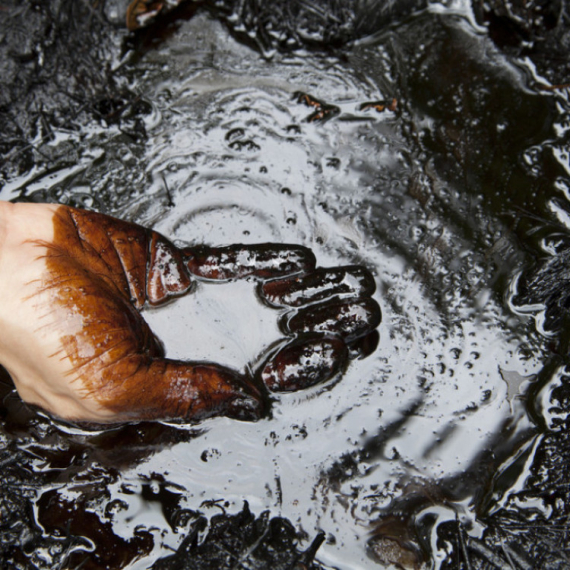
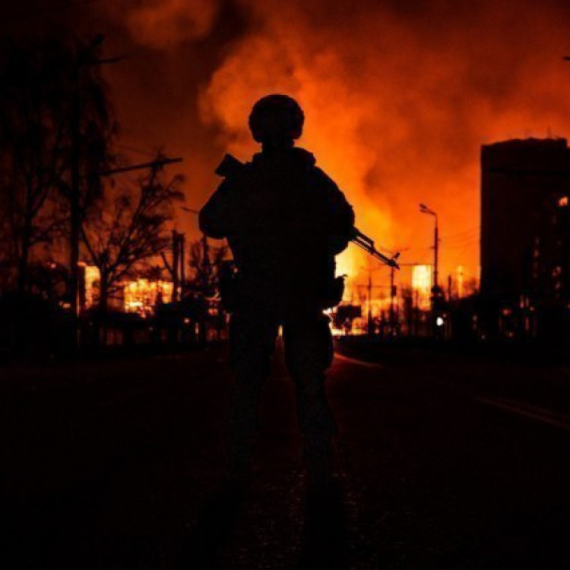
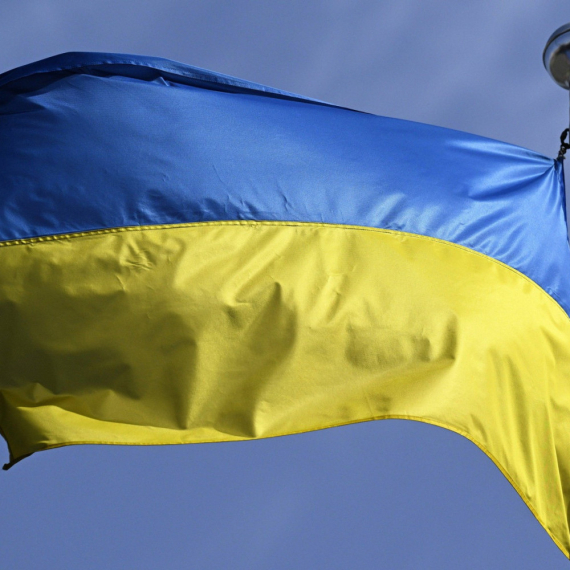
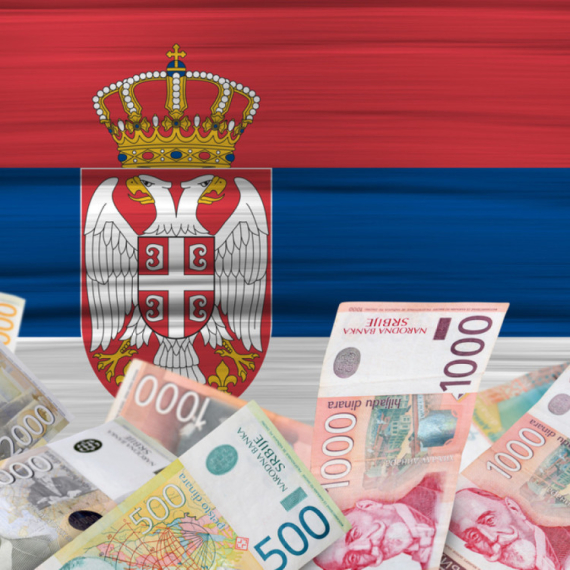





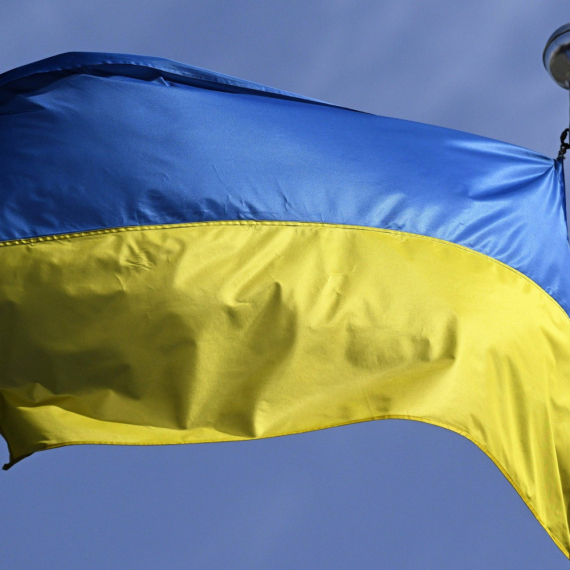
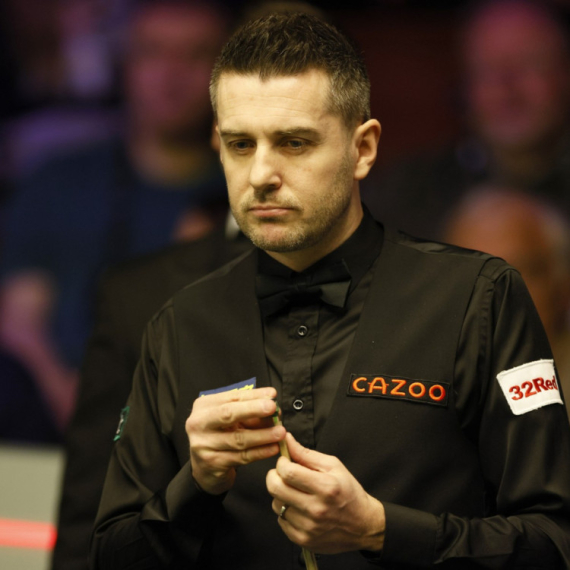
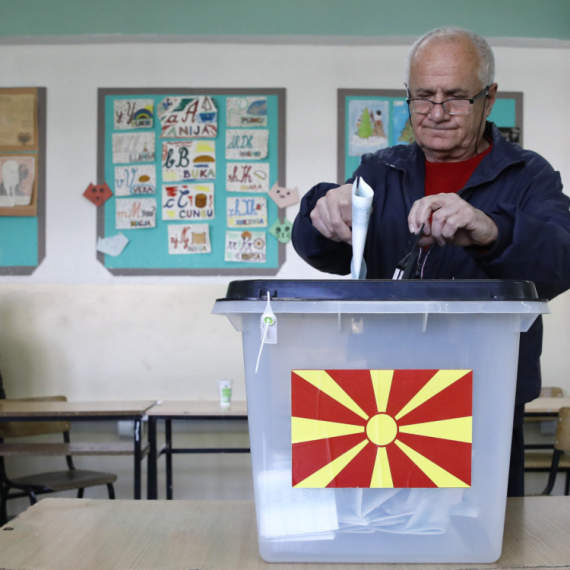
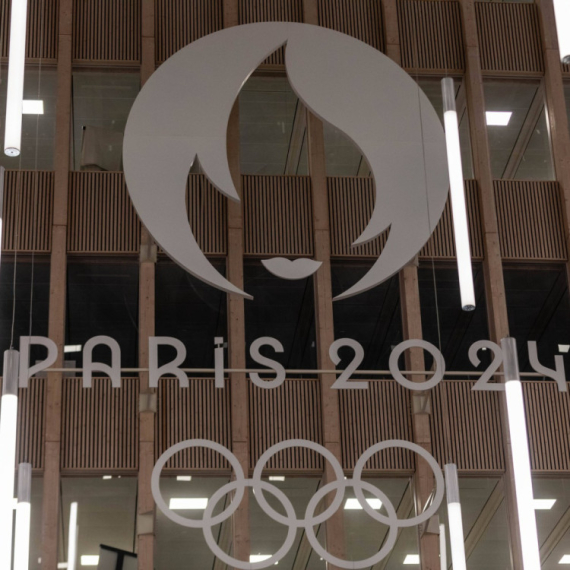

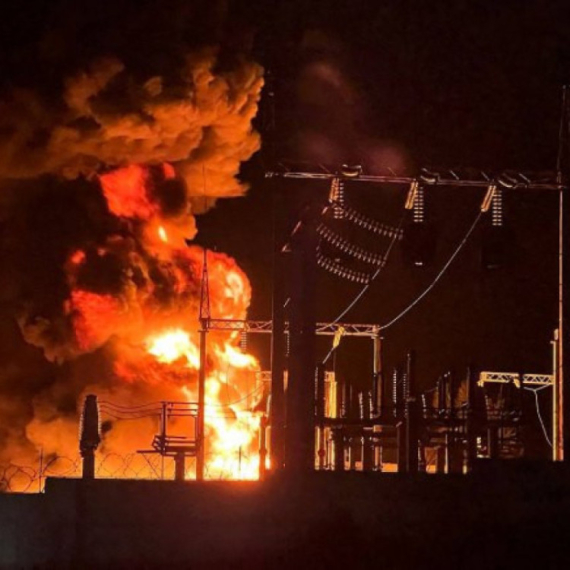
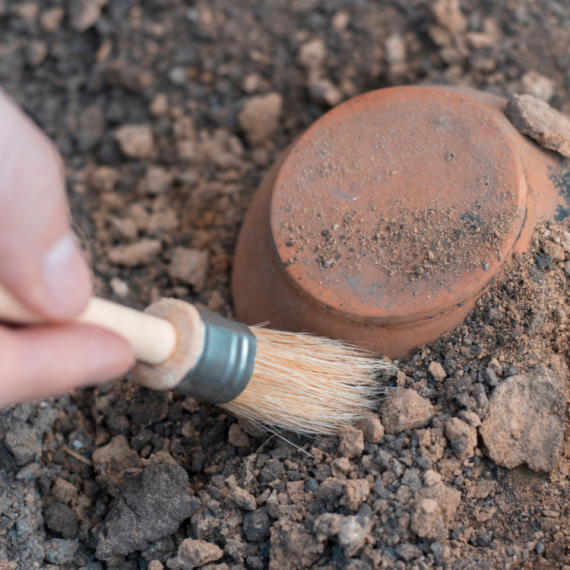

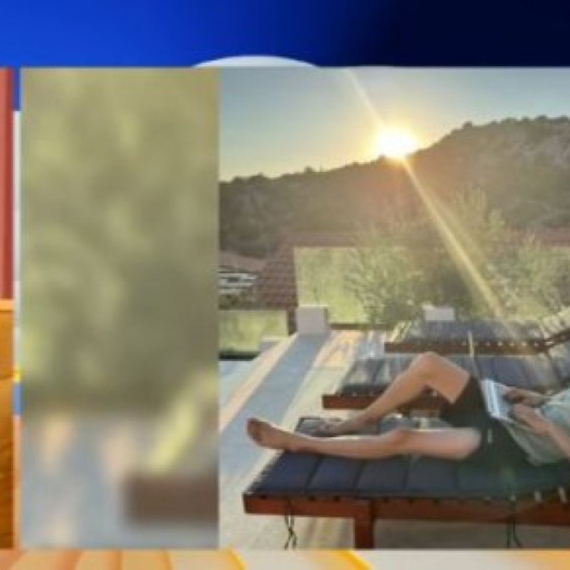
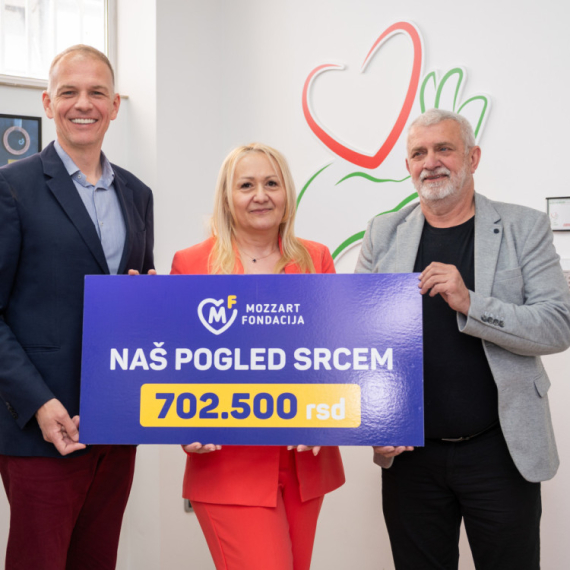
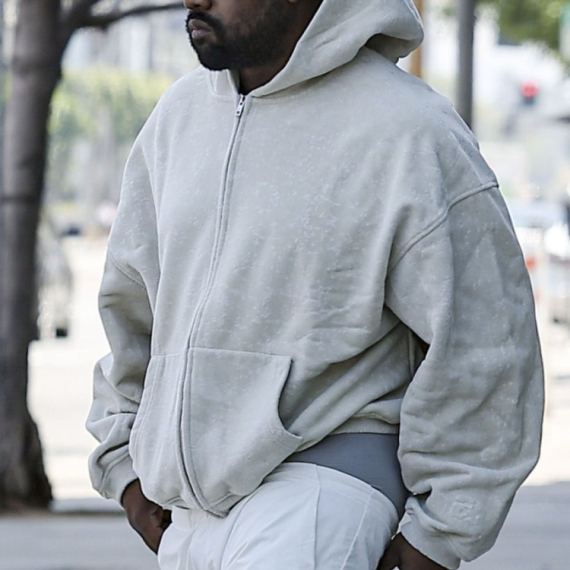

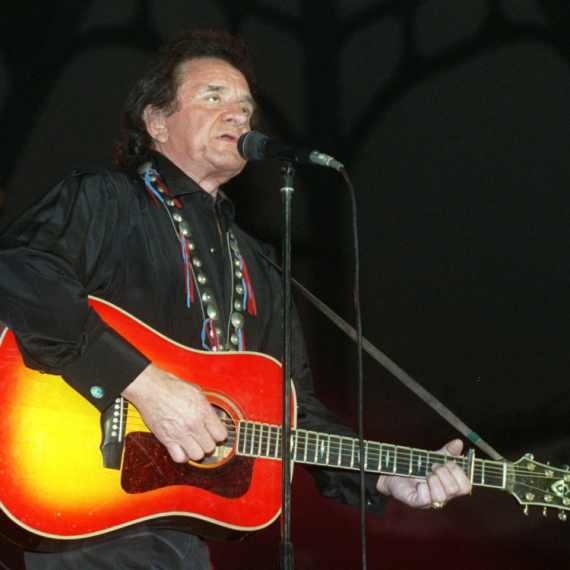
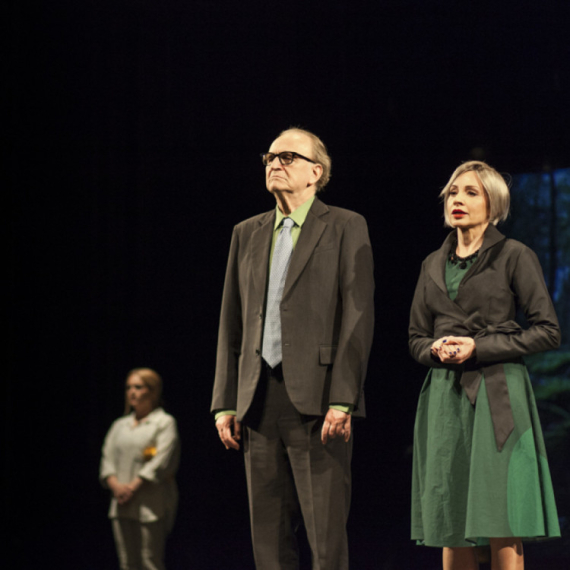
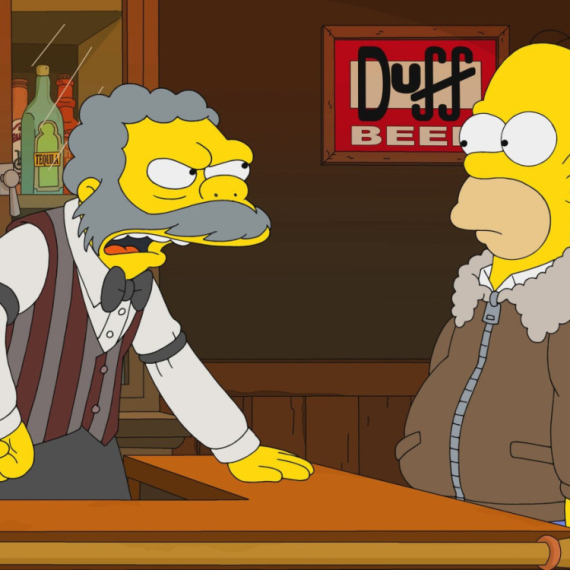
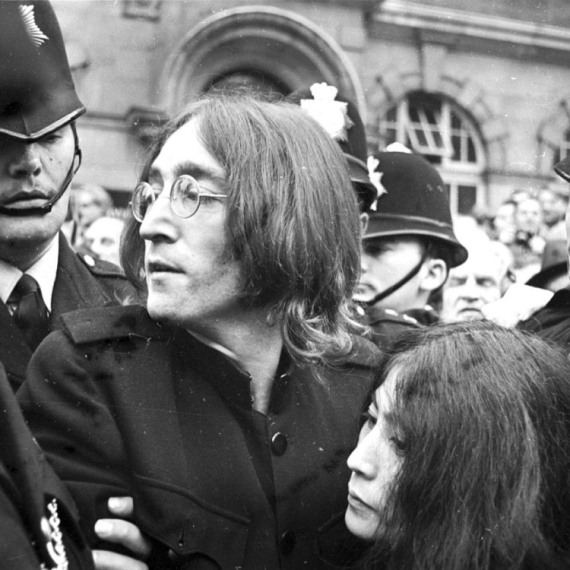





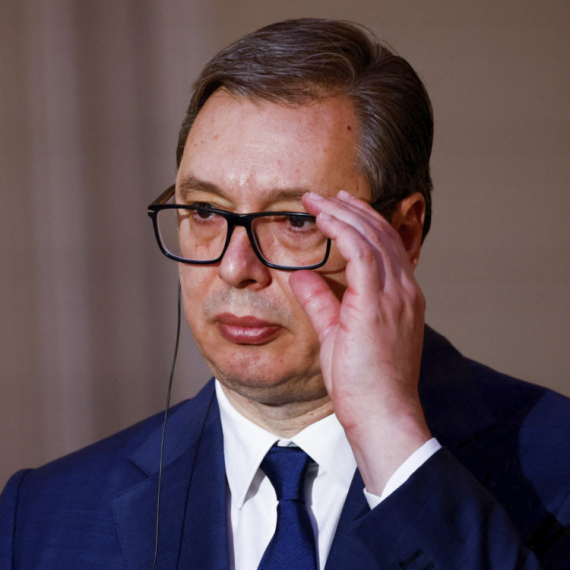
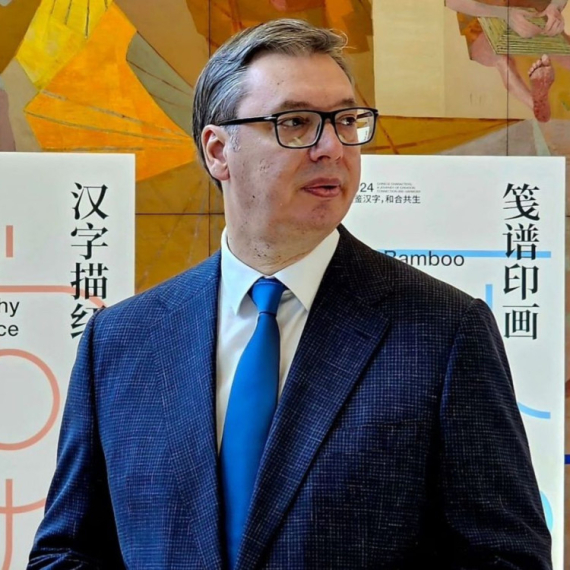

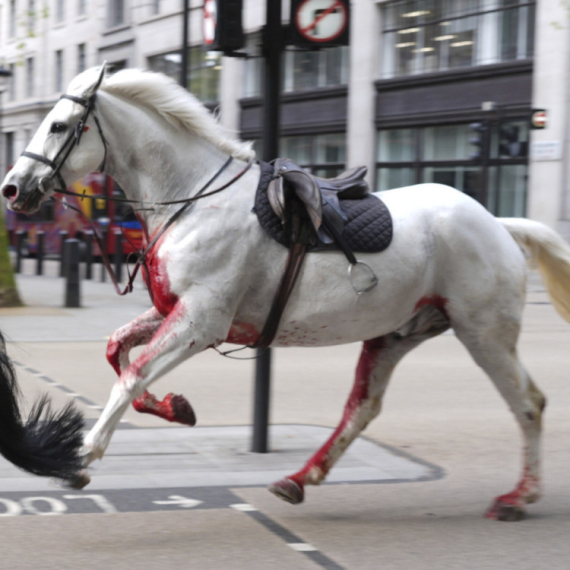
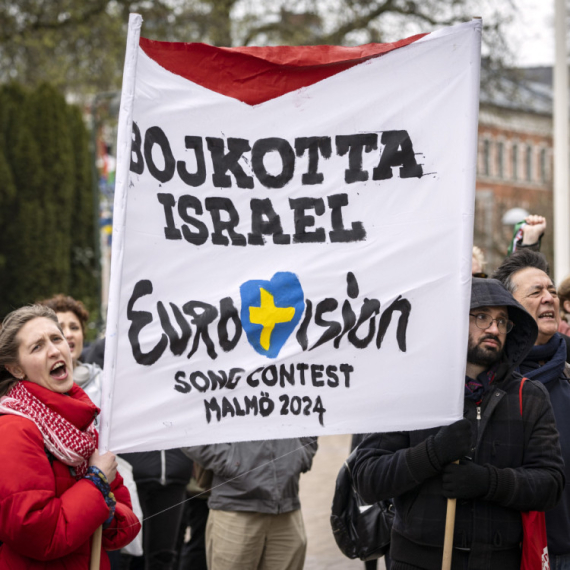


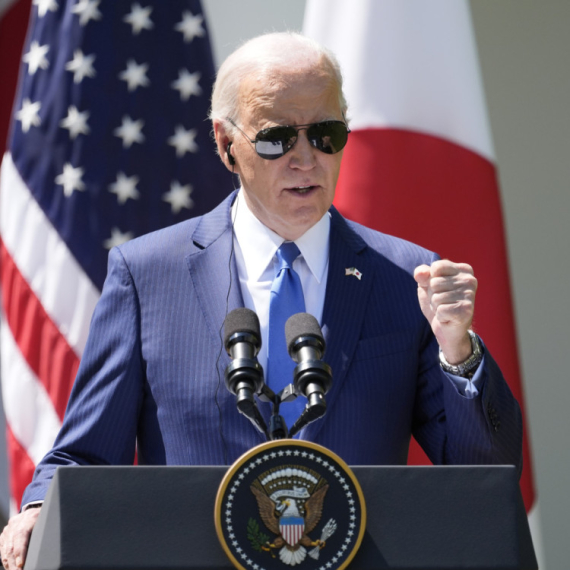






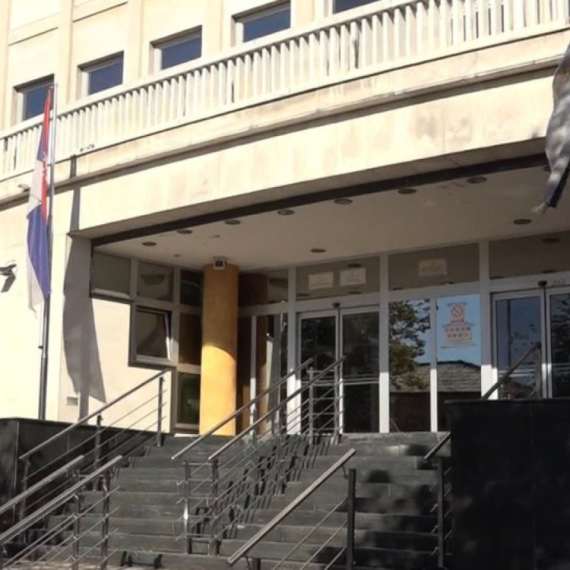
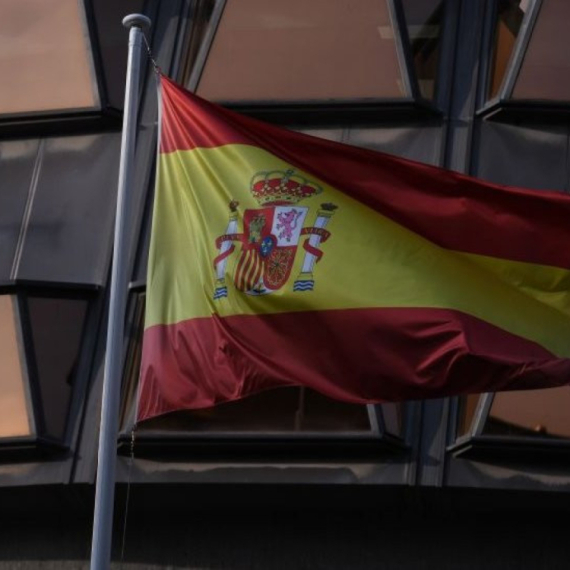

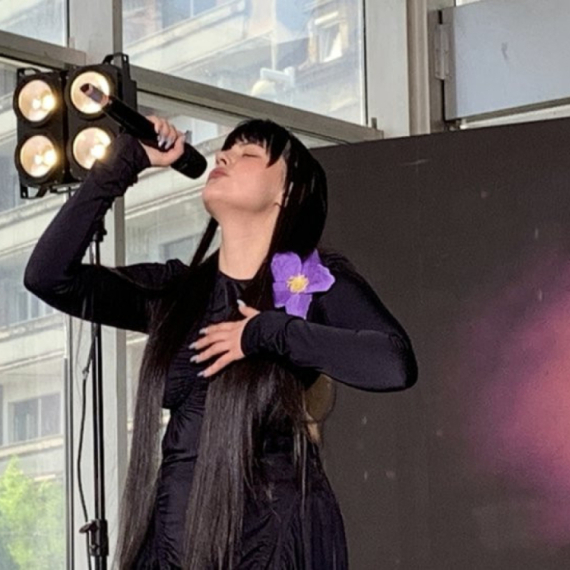
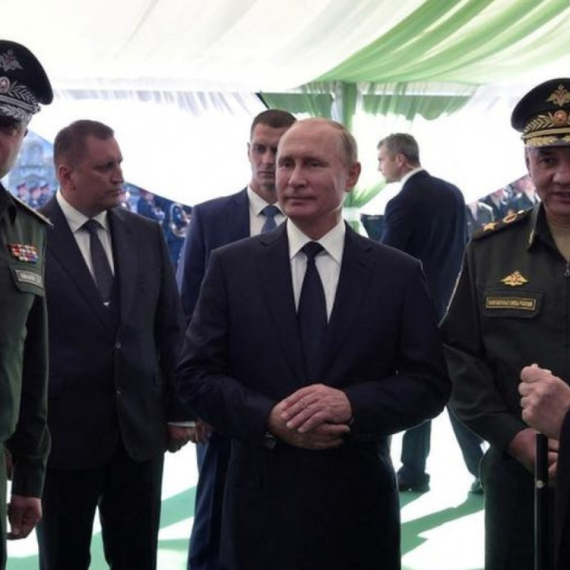

Komentari 2
Pogledaj komentare